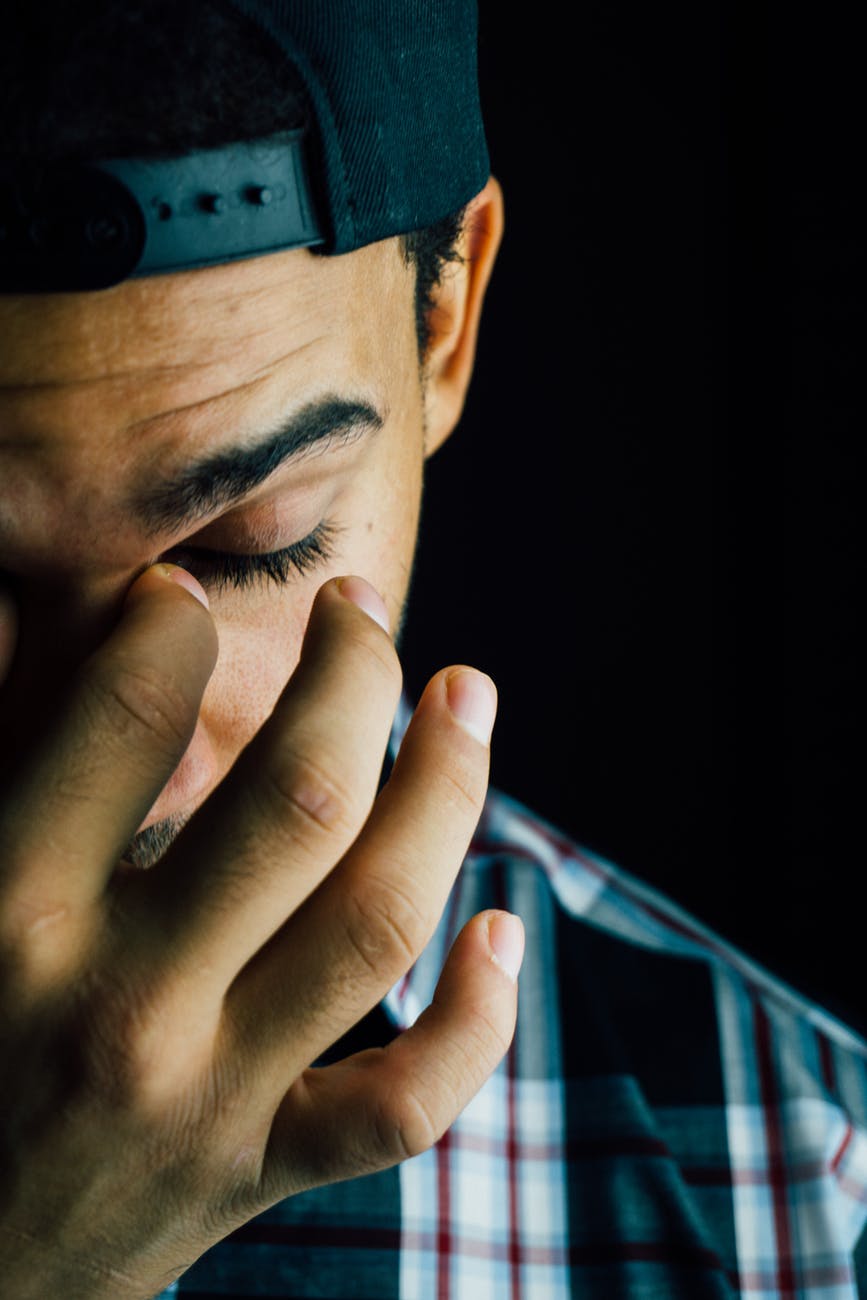Credit: Palo Alto University
Latoya Smith, PhD discusses the warning signs of #suicidalbehavior
#SeptemberisNationalSuicidePreventionAwarenessMonth
#NationalSuicidePreventionMonth is dedicated to raising awareness of the causes, warning signs, and most important, treatment options available for those at risk of #suicide. According to the #NationalAllianceonMentalIllness (#NAMI), #suicide is the 10th leading cause of death in the #UnitedStates.
“#Suicidalthoughts or actions should not be ignored,” says LaToya Smith, PhD, a licensed #counselor, and professor at Palo Alto University. “If someone you know is exhibiting warning signs, the tips below can help you better communicate with the individual and guide them in seeking the professional help they need.” .
Warning Signs of #Suicide:
According to the #NationalInstituteofMentalHealth (#NIMH), there are many signs that may signal that an individual is experiencing #suicidalthoughts. Although some of these warning signs may not lead to a #suicideattempt, it is best to be safe and help the individual obtain professional help. Some may show signs that are not listed here, however, here are a few warning signs of #suiciderisk
An individual may talk about:
- Wanting to die or kill themselves.
- Feeling empty or hopeless or having no reason to live.
- Feeling trapped or that there are no solutions.
- Feeling unbearable emotional or physical pain.
- Being a burden to others.
- Death or think about death often.
They may also:
- Withdraw from family and friends.
- Give away important possessions.
- Say goodbye to friends and family.
- Put affairs in order, such as making a will.
- Take great risks that could lead to death, such as driving extremely fast.
- Look for ways to kill themselves, such as searching for lethal methods online, stockpiling pills, or buying a gun.
- Use #alcohol or #drugs more often.
- Show rage or talk about seeking revenge.
Additional warning signs that are specific to #youth include:
- Having a peer or friend who has died by #suicide.
- Having suffered a recent humiliation or embarrassment (e.g., bullying, breakup).
- Exhibiting a decreased quality in schoolwork.
Ways to Help Someone Who is Depressed and Suicidal:
1. Stay calm and talk to your friend or loved one. During this conversation, you may have many emotions that come up for you but it’s important that you stay calm, non-judgmental, and focused on the person you are supporting. Asking someone about #suicide will not make them suicidal. In fact, this caring conversation may help them feel relieved and less isolated. It is important that you are direct and use the term #suicide.
Here are some examples of how to ask someone if they are suicidal:
a. “I have been concerned about you lately. You haven’t seemed like yourself. Are you considering #suicide?”
b. “I saw your #socialmedia post and wanted to check on you. Are you having thoughts of wanting to die?”
c. “You seem really (down/sad/angry/unhappy) lately. I’m worried that you might be thinking of hurting yourself or #suicide. Can we talk about this?”
2. Acknowledge the individual’s feelings. Listen attentively to the individual concerns. Avoid minimizing or dismissing their concerns so they know you are taking them seriously. Remember to keep the conversation focused on them. It is important that they feel understood and heard. You can let the person know they’re not alone, that you care, and you want to support them to get help.
3. Help them stay safe. Ask the individual if they have a plan of how they would attempt #suicide and remove or disable the lethal means. (NIMH, 2021).
4. Seek professional support. It’s important that you don’t try to handle the situation alone. You want to encourage the individual to obtain professional help as soon as possible. You’ll want to ask if they have any current professional support (a healthcare professional and/or licensed #mentalhealthprofessional) and advise them to make an appointment. With their permission, you could call their provider and request to set up an appointment. In an emergency, it is best to call 911. If the individual is not trying to actively harm themselves, you can take them to the nearest emergency room (#SAMHSA, 2021).
5. Connect. It can be helpful to check in on the individual after they have received care to see how they are doing. For some individuals, it may be helpful to have a support network of friends or family who can temporarily take them to appointments.
Resources:
- Call or text the #Suicide & Crisis Lifeline at 988 for 24-hour confidential support.
- Text HELLO to 741741 for free and confidential support 24 hours a day throughout the U.S.
- #VeteransCrisisLine: Call 1-800-273-8255 (press “1”) or text 838255 for 24/7 support.
- Disaster Distress Hotline: To receive immediate counseling, call 1-800-985-5990 to connect with a trained professional from the closest crisis counseling center within the network. People affected by any disaster or tragedy can call this helpline, which is sponsored by the #SubstanceAbuseandMentalHealthServicesAdministration (#SAMHSA).
#James Donaldson notes:
Welcome to the “next chapter” of my life… being a voice and an advocate for #mentalhealthawarenessandsuicideprevention, especially pertaining to our younger generation of students and student-athletes.
Getting men to speak up and reach out for help and assistance is one of my passions. Us men need to not suffer in silence or drown our sorrows in alcohol, hang out at bars and strip joints, or get involved with drug use.
Having gone through a recent bout of #depression and #suicidalthoughts myself, I realize now, that I can make a huge difference in the lives of so many by sharing my story, and by sharing various resources I come across as I work in this space. #http://bit.ly/JamesMentalHealthArticle
Order your copy of James Donaldson’s latest book,
#CelebratingYourGiftofLife:
From The Verge of Suicide to a Life of Purpose and Joy
About Palo Alto University
Palo Alto University (PAU), a private, non-profit university located in the heart of Northern California’s Silicon Valley, is dedicated to addressing pressing and emerging issues in the fields of psychology and counseling that meet the needs of today’s diverse society. PAU offers undergraduate and graduate programs that are led by faculty who make significant contributions to in their field. Online, hybrid and residential program options are available . PAU was founded in 1975 as the Pacific Graduate #School of Psychology and re-incorporated as Palo Alto University in August 2009. PAU is accredited by the Western Association of Schools and Colleges (WASC). PAU’s doctoral programs are accredited by the #AmericanPsychologicalAssociation (#APA) and its master’s in counseling programs by the Council for Accreditation of Counseling & Related Educational Programs (CACREP).






